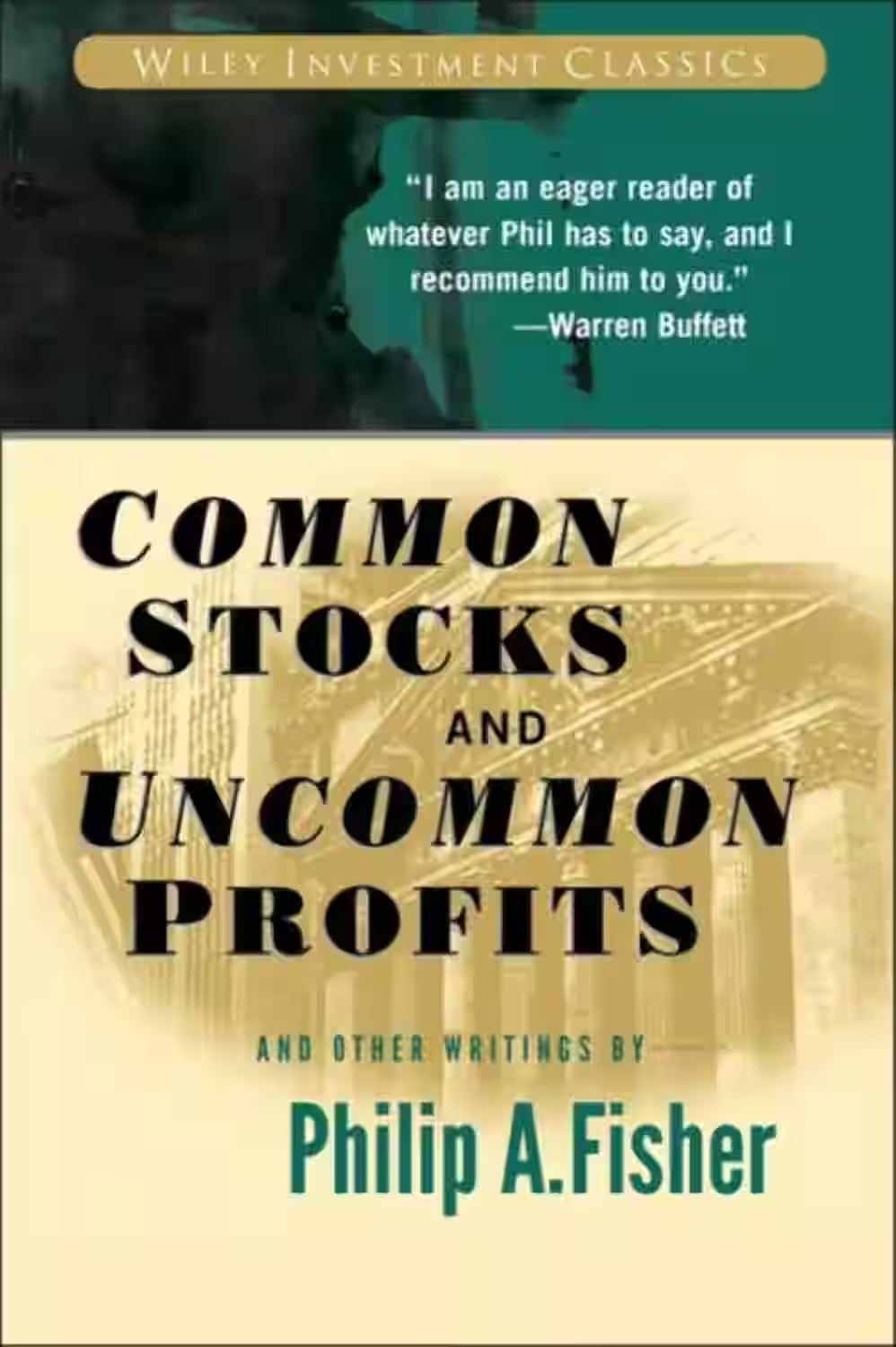
In 'Common Stocks and Uncommon Profits,' renowned investor Philip Fisher imparts timeless wisdom on stock investing. Fisher champions a long-term, research-intensive approach, emphasizing the importance of thoroughly evaluating a company's management, growth potential, and competitive advantages. Through detailed case studies and insights, he guides readers on how to identify exceptional businesses to invest in. The book highlights the significance of patience, due diligence, and a deep understanding of a company's intrinsic value. Fisher's influential investment principles have shaped the strategies of many successful investors. 'Common Stocks and Uncommon Profits' remains a seminal work that continues to inspire and educate aspiring investors.
About Philip Fisher
Philip Fisher is an acclaimed American literary critic and scholar, born in 1927. He is known for his profound insights into the works of prominent authors such as Ralph Waldo Emerson and William Faulkner. Fisher's meticulous analysis and keen observations have greatly influenced the study of American literature. His notable works include 'The New American Studies' and 'Wonder, the Rainbow, and the Aesthetics of Rare Experiences.' Fisher's innovative approach to literary criticism has reshaped the way we understand and appreciate literature. As a distinguished professor emeritus at Harvard University, he continues to inspire generations of scholars and readers with his intellectual rigor and passion for literature.
Similar Books
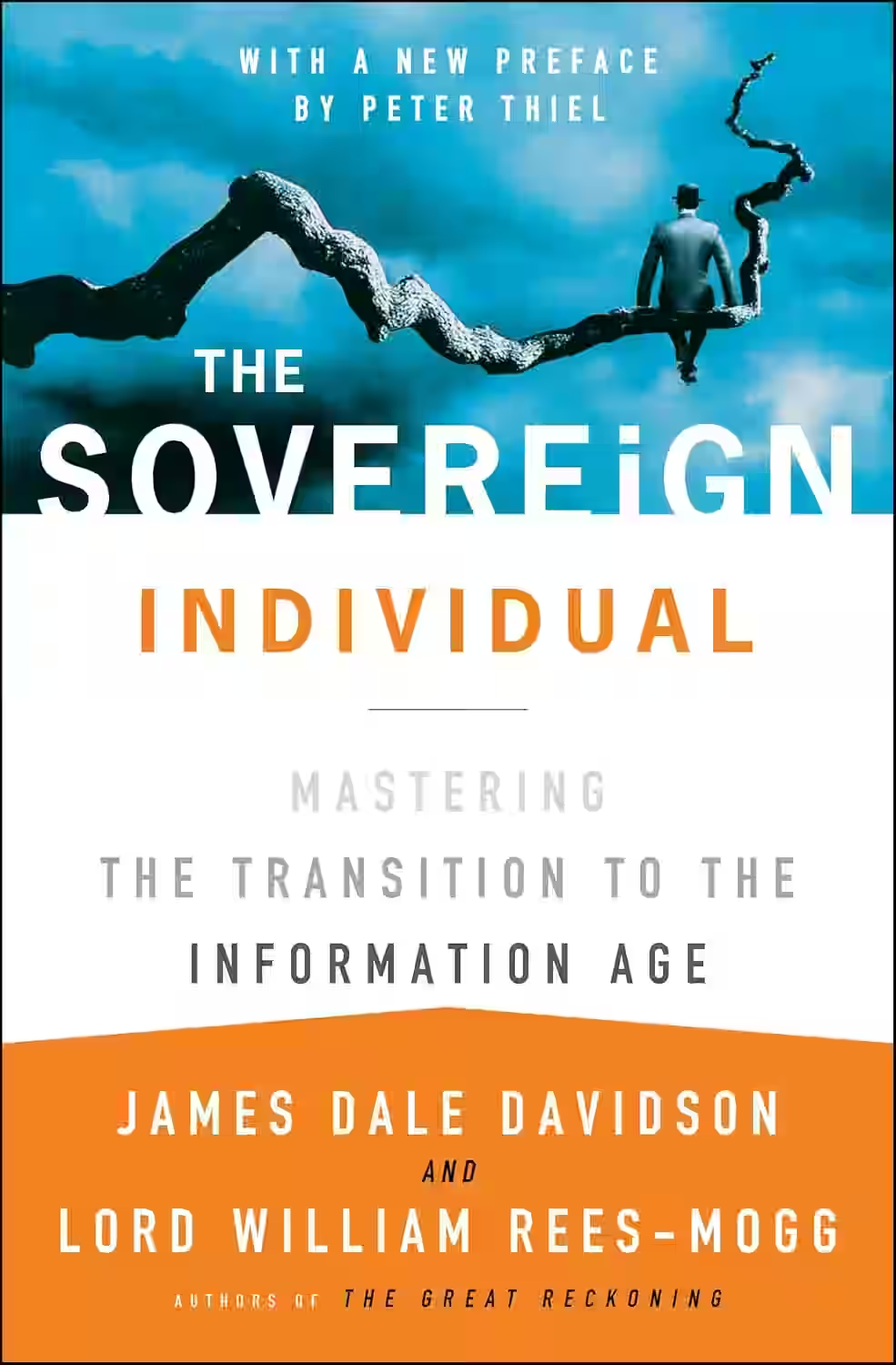
The Sovereign Individual
by James Dale Davidson, William Rees-Mogg
Published in 1997, The Sovereign Individual predicts the rise of the digital age and its impact on individual autonomy and state power. The authors argue that technological advancements, particularly the internet, will diminish the influence of governments and empower individuals to take control of their own lives. They foresee a future where traditional institutions are challenged, and personal sovereignty becomes paramount. This provocative work offers a foresightful analysis of the intersection between technology, economics, and personal freedom.
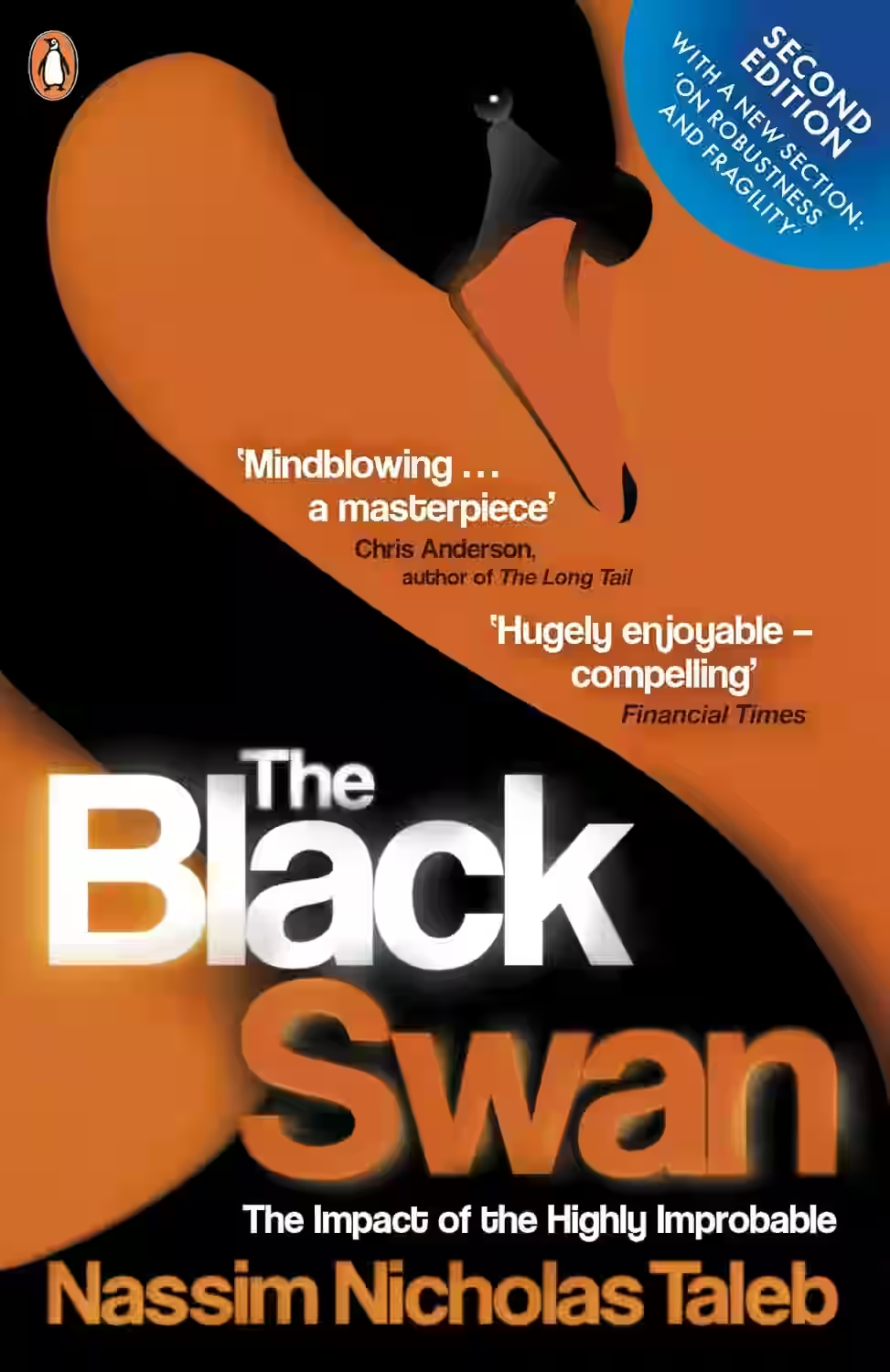
The Black Swan
Series: Incerto (#2)
The Black Swan explores the profound impact of rare, unpredictable events—what Taleb calls “Black Swans”—that lie outside normal expectations but have massive consequences. The book challenges traditional forecasting and risk models, arguing that humans consistently underestimate uncertainty. Taleb illustrates how randomness and surprise shape history, from financial markets to scientific breakthroughs, and advocates for antifragility—systems that benefit from disorder. Combining philosophy, probability theory, and anecdotal insight, The Black Swan is a provocative critique of modern thinking and a call to embrace humility in the face of complexity. It’s a transformative read for anyone making decisions in uncertain environments.
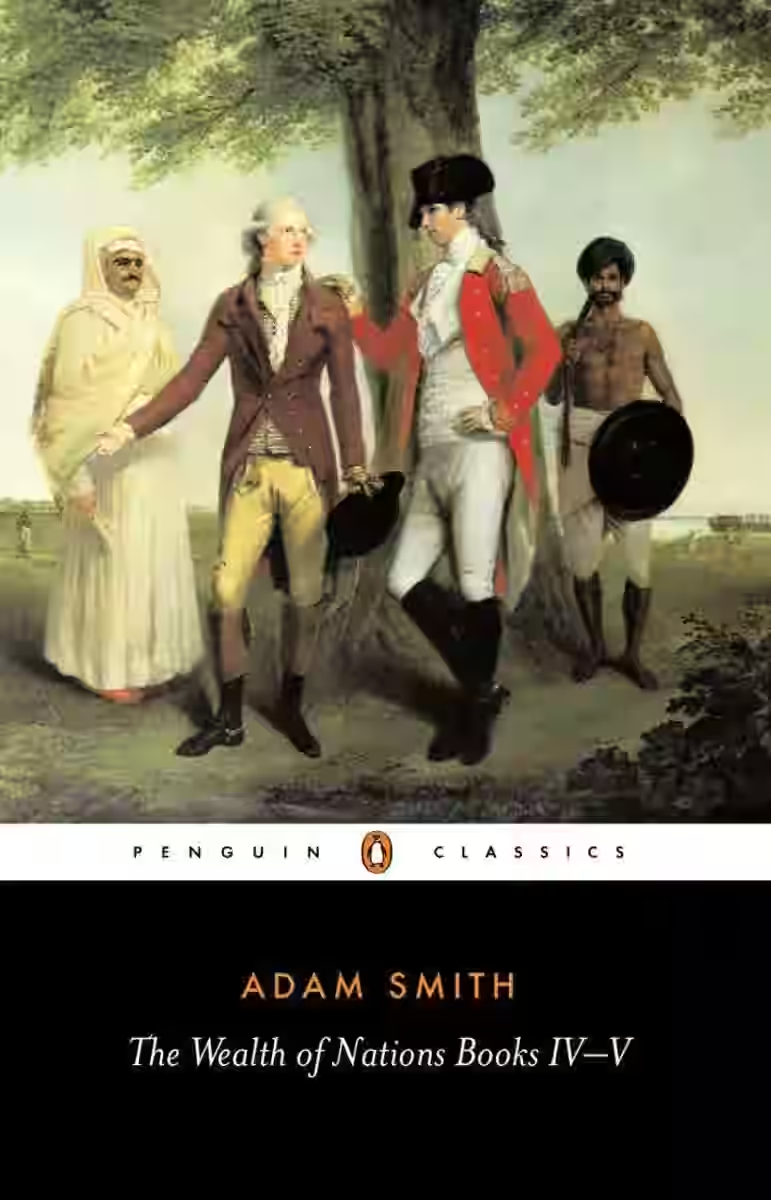
The Wealth of Nations: Books IV-V
by Adam Smith
Series: The Wealth of Nations (#2)
Books IV–V of The Wealth of Nations critique existing economic policies and propose a framework for limited but essential government intervention. In Book IV, Smith dissects the mercantile system, rejecting trade restrictions and monopolies while advocating for free trade. He critiques colonialism and tariffs, favoring open markets. Book V addresses the role of the state in education, justice, defense, and infrastructure—functions Smith sees as necessary for a stable, prosperous society. These volumes balance his case for laissez-faire economics with the need for public investment, rounding out his vision of a functional, ethical, and productive political economy.
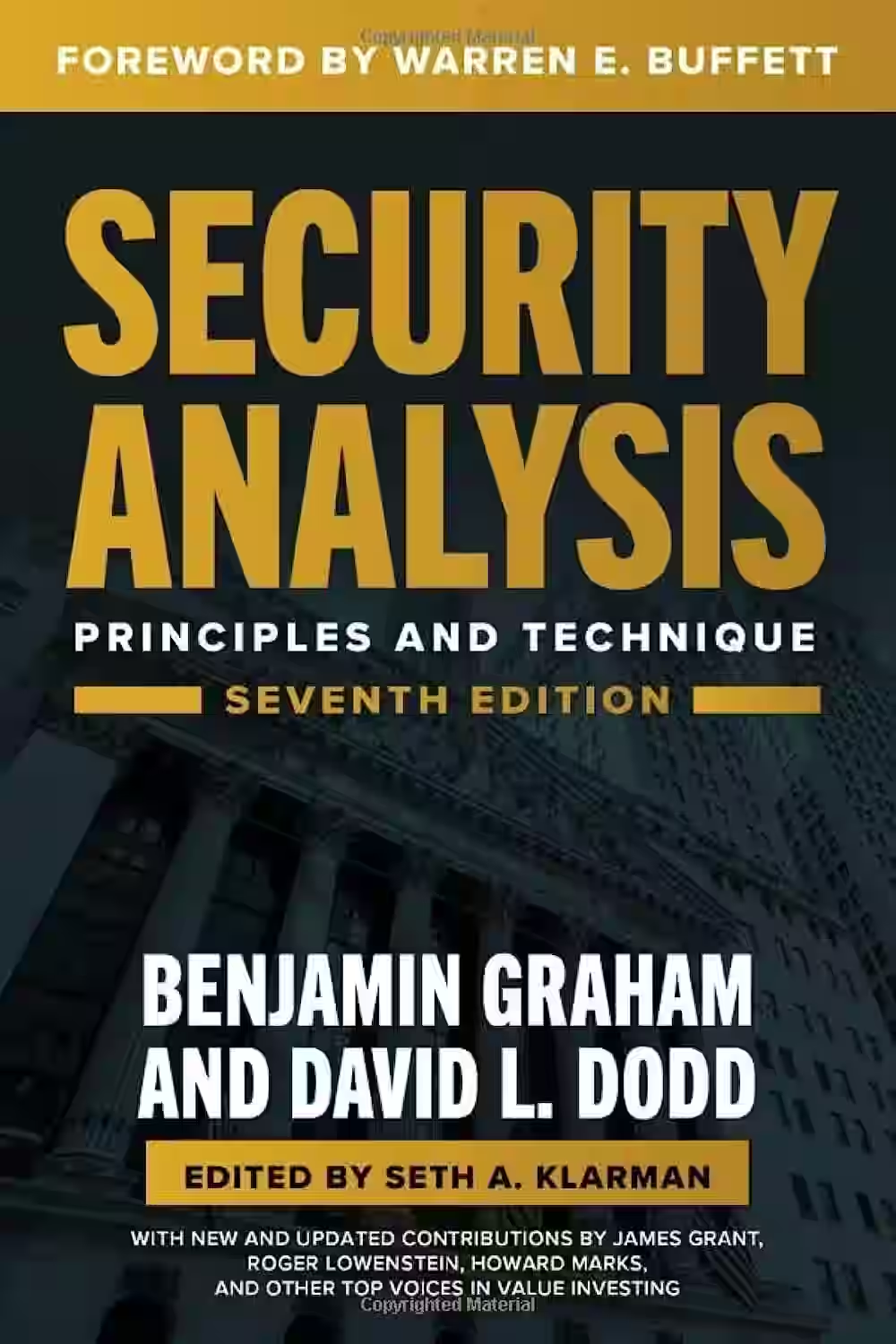
Security Analysis
by Benjamin Graham, David Dodd
In 'Security Analysis,' Benjamin Graham revolutionized the world of investment by introducing the concept of value investing, emphasizing the importance of thorough research and analysis before making investment decisions. Graham's timeless wisdom on intrinsic value, margin of safety, and market fluctuations continues to influence investors worldwide. The book provides a comprehensive guide to understanding financial statements, evaluating stocks, and building a successful investment strategy. With real-life examples and practical advice, 'Security Analysis' equips readers with the tools to navigate the complexities of the stock market and make informed choices. A must-read for both novice and seasoned investors.